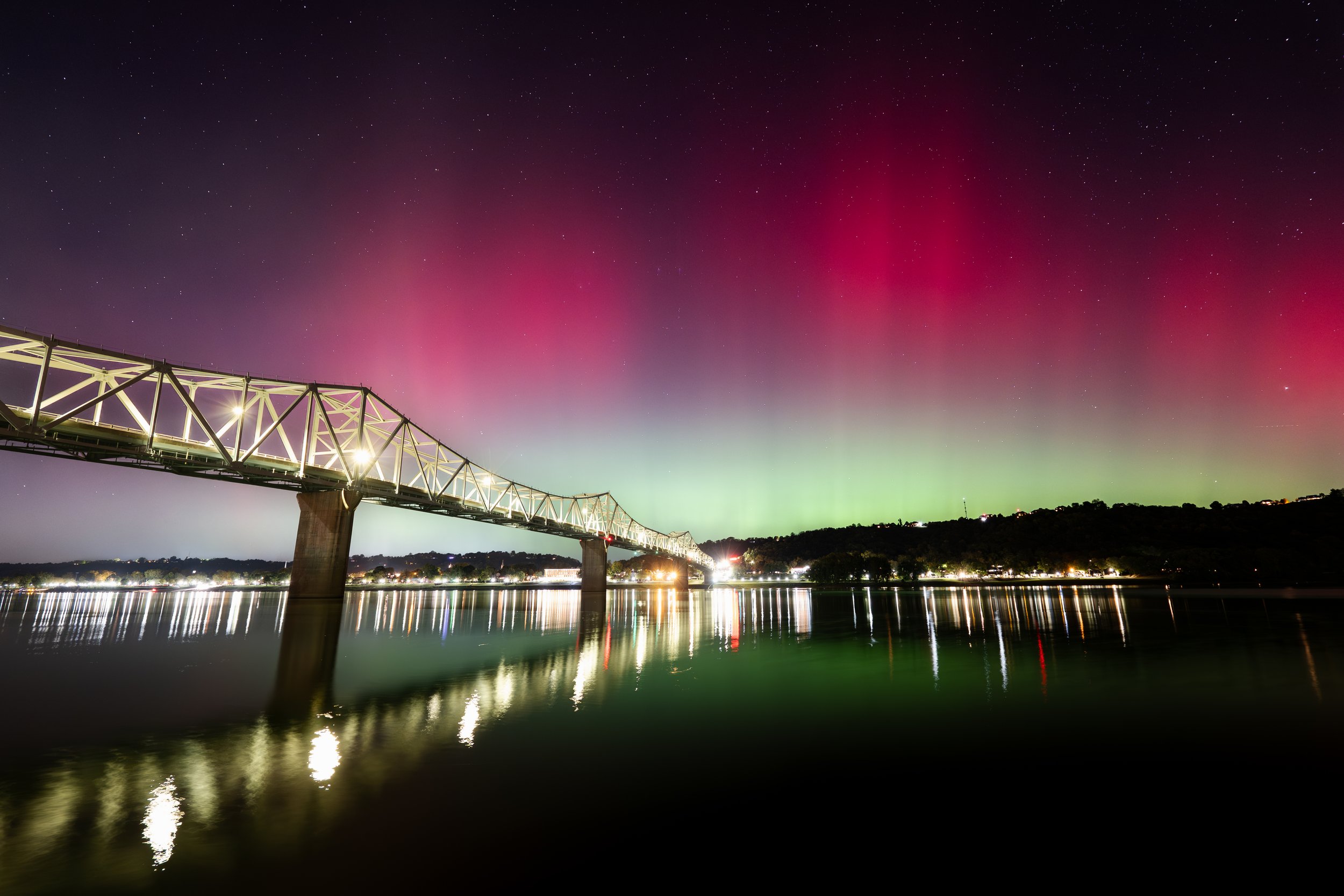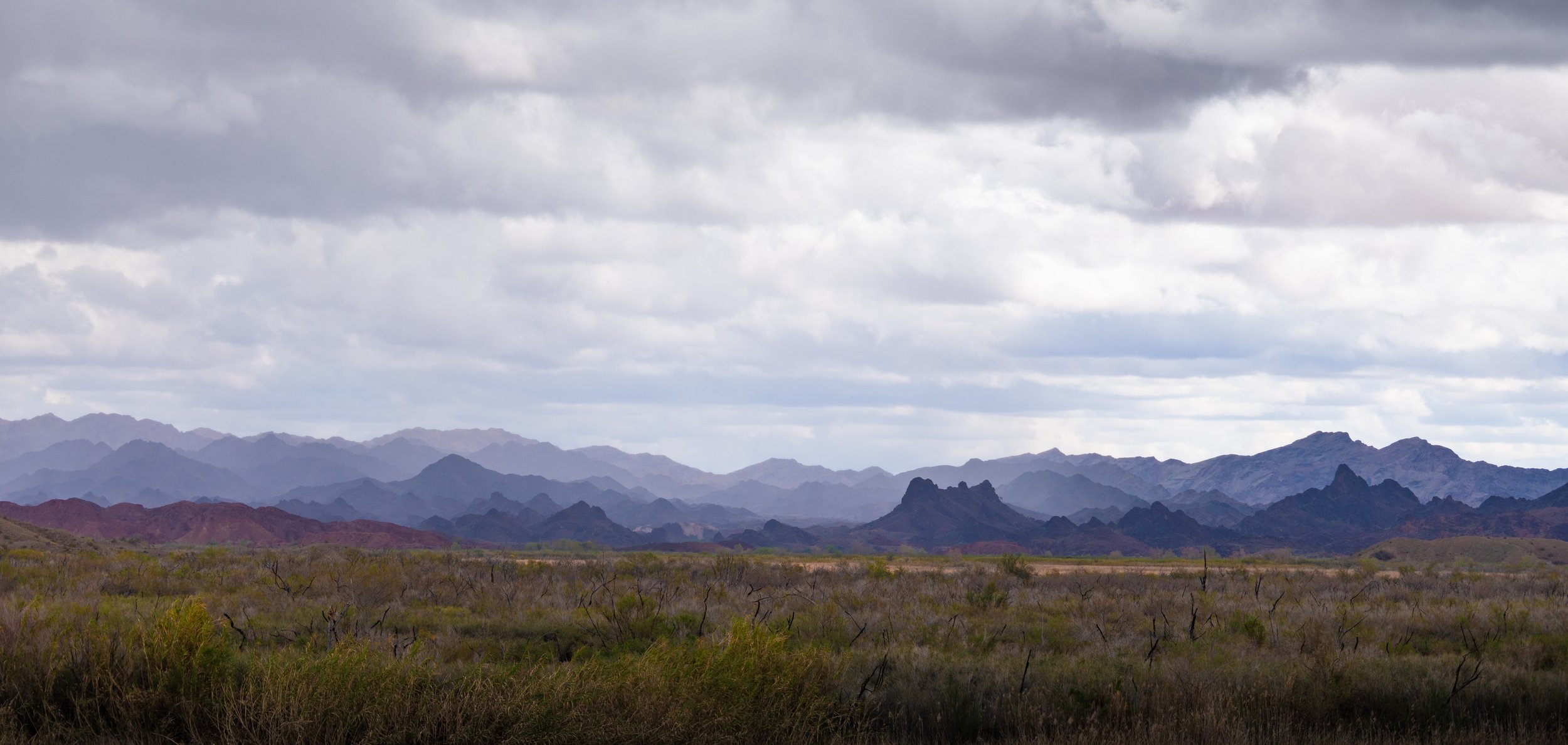
WHY AND HOW
INSPIRATION AND METHODS
In my natural habitat…
I know the photography market, especially the print market, is saturated. I have a successful commercial photo/video business already. So why spend time offering prints of my fine art work?
Here’s why.
-
I enjoy being outside, and I enjoy cameras. Given those simple realities, my 'art' photography more or less consists of whatever captured my attention while outside. That may sound like a poor basis for a portfolio (and perhaps it is!), but another simple reality is that the world is full of beautiful scenes happening all the time. I miss most of the ones I see, and muck up an additional large percentage of those, but occasionally I get lucky and manage to capture something I quite like. And that, ladies and gentlemen, is what’s in my Print Shop.
-
My methodology for fine art photography isn’t complicated:
1) I take photographs when I see something I find interesting.
2) I shoot to the best of my ability.
3) I develop the raw files to try and recapture the essence of the moment, without digitally creating something that didn’t exist.
4) I create physical prints to the highest standard I can, using premium materials, processes, and partners.
— — —
To elaborate: There’s an awareness each time I witness a scene or moment I want to photograph. It’s a persistent sensation telling me to stop and pay attention. Sometimes I listen to that little voice… that’s often when my best photographs are created.
Once I’ve decided to take the shot, I do my best to make it as good as possible in-camera. “Fix it in post” (post-processing) is not a maxim I live by! Sometimes I have seconds to hit the shutter, and technical decisions are made very quickly. Sometimes I can prepare much more thoroughly. As with most of life’s decisions, the best photos are ones that are intentional.
Next, I must develop the camera raw image files - the ‘digital negatives.’ Modern cameras are amazing machines, but they don’t have the same dynamic range or color perception as the human eye. This means that what we see when looking at a scene is not the same thing a camera will ‘see.’ My mission is to change the raw image, using many manual adjustments, to approximate what my eyes saw during that moment - to communicate how it felt to be there in person. This way I’m sharing an actual experience, not an utter fabrication.
Finally, it’s time to create the physical print. All my careful work up to this point could be cheapened with inferior materials, or degraded with poor processes or inferior partners. I like to follow through - so I choose the best materials I can source, the best print partners I can find, and extensively research processes to bring as much knowledge to the table as possible.
-
I see many photographs on social media and for sale online that I consider overdone - they’ve been overly manipulated, bypassing any semblance of reality and instead becoming a few steps away from entirely AI-generated. Indeed, there are many AI-enabled tools marketed to photographers today. I’ve seen tools that sit atop your camera, ‘looking’ at the scene, matching it with millions of similar images, and then telling the ‘photographer’ what camera settings to dial in. Other tools sold for the developing process are capable of taking an out-of-focus photo and literally creating a new version of the image with perfect focus. This goes well beyond editing and into the realm of fabrication, and is the antithesis of photographic art to me. For what is a photograph but a literal capture of light from a real-life scene? What is art if not created with human skill?
I’m human, constantly in a state of learning. Even after 40 years of camera experience, I continuously learn more about photography. I learn more about capturing images, and about how to make the images match the original experience. I’m always trying to improve - and have plenty of room for that! While I use advanced software to develop my images, I use these tools to bring the moment to life again - not to create a moment that never existed. Art is created by humans, not computers. My photographs are created by me. I hope you enjoy them!
-
My mother was an amateur photographer, and I grew up learning the basics from her. Digital cameras didn’t yet exist, so my first cameras were film - two old Minoltas, a 110 and a 35. My childhood 4H county fair projects were often photography exhibits. I even learned how to develop in a darkroom once, although I don’t remember any specifics! Since those early years, I’ve taken tens of thousands of photos, all around the globe, with many different cameras.
My earliest memories are from a brief boyhood stint living in Colorado, where my dad and I would take walks down creekbanks and up forest service roads. Later, growing up homeschooled in the middle of a 3,000-acre nature preserve, the eastern woodlands overlooking the Ohio River were my playground. I spent my formative years largely outside, exploring every ridge and ravine I could walk or ride my bike to.
Finding solace and satisfaction in remote terrain is baked into my personality - a trait that inspired two decades living in small-town western Colorado, spending as much time as possible in the mountains and deserts. Almost always, I carried a camera with me. For several years, I traveled around the planet as a professional bicycle mechanic. During off-duty hours I could be found, camera in hand, exploring foreign territory and composing photos of the beauty I found everywhere. Photography wasn’t my main focus in those years, but it was a constant pursuit. (Sadly, I lost all the photographs from my World Cup travels in a computer crash.)
Over the last several years I’ve taken photography even more seriously, diving into the deeper technical aspects and learning ever-more about my lifelong craft.


